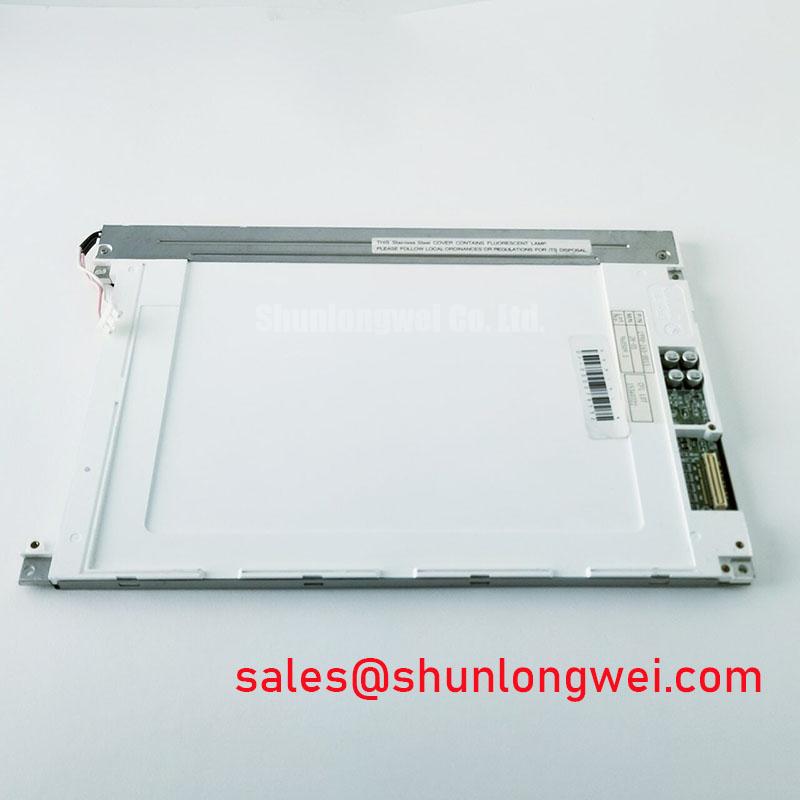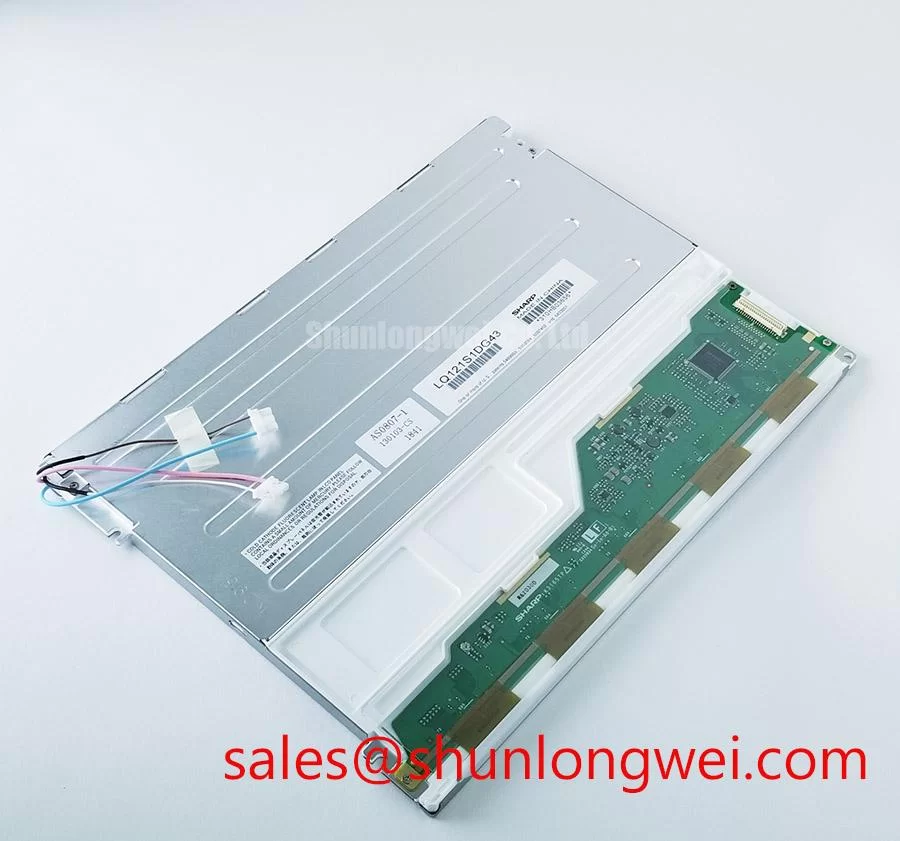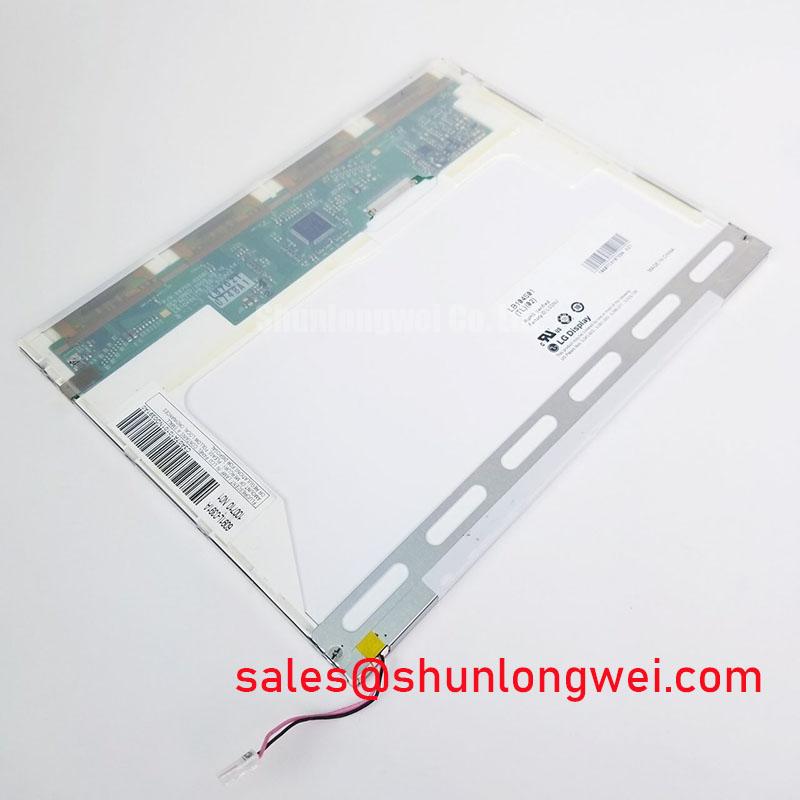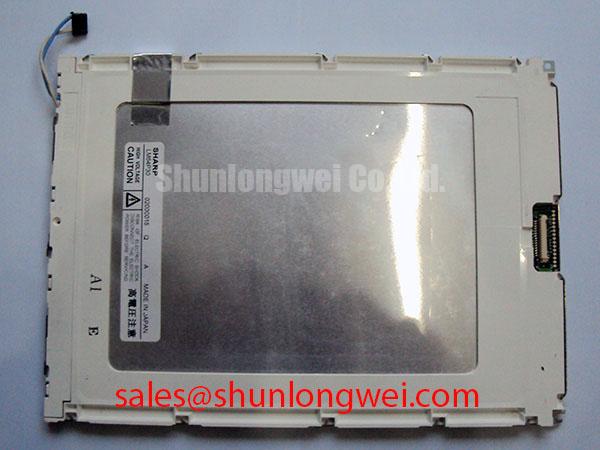Samsung LT104S1-101: Engineering a Robust 10.4-inch SVGA Display for Industrial Longevity
Content last revised on October 6, 2025.
The Samsung LT104S1-101 is a 10.4-inch a-Si TFT-LCD panel engineered for consistent performance in legacy and specialized industrial applications. Delivering a classic 4:3 aspect ratio at SVGA resolution, this display provides a durable and reliable human-machine interface (HMI) solution where long-term stability is paramount. Key specifications include: 800x600 Resolution | 100:1 Contrast Ratio | TTL Interface. Its design prioritizes straightforward integration and operational reliability. This panel directly addresses the engineering need for a proven display solution to maintain and service long-lifecycle industrial equipment. For systems where space is constrained but a clear visual output is essential, the LT104S1-101's form factor and established interface protocol make it a prime candidate.
Application Scenarios & Value
System-Level Benefits for Legacy System Maintenance and Upgrades
The LT104S1-101 is best suited for applications where continuity and compatibility with existing systems are the primary engineering drivers. Its SVGA (800x600) resolution and standard 4:3 aspect ratio make it an ideal drop-in replacement or upgrade for aging control panels in manufacturing, process control, and instrumentation. A key challenge for engineers maintaining these systems is sourcing components that match the original electrical and mechanical footprints. The LT104S1-101's TTL interface, once a dominant standard, ensures direct compatibility with a wide range of older controller boards, minimizing the need for costly redesigns or signal converters. This significantly reduces the total cost of ownership and extends the operational life of valuable capital equipment. What is the primary benefit of its TTL interface? It ensures direct compatibility with a vast installed base of industrial controllers, simplifying repairs and upgrades. For newer designs or systems requiring a different set of specifications, the G104S1-L01 may offer an alternative feature set to consider.
Key Parameter Overview
Decoding the Specs for Integration and Performance
The technical specifications of the Samsung LT104S1-101 are tailored for focused industrial roles. The panel's parameters reflect a design philosophy centered on reliability and compatibility with established system architectures. Understanding these key figures is crucial for successful integration.
| Parameter | Specification | Engineering Implication |
|---|---|---|
| Display Technology | a-Si TFT-LCD, Normally White, Transmissive | Provides a cost-effective and proven display technology suitable for static and dynamic content in typical indoor industrial lighting. |
| Screen Size & Resolution | 10.4 inch | 800(RGB) x 600 [SVGA] | Offers a standard industrial size with sufficient pixel density for clear readouts of numerical data, text, and basic graphical interfaces. |
| Brightness & Contrast | 70 cd/m² (Typ.) | 100:1 (Typ.) | Optimized for controlled, indoor environments where extreme brightness is not a primary requirement. The contrast ratio is adequate for clear information display. |
| Viewing Angle (CR≥10) | 45/45/10/30 (L/R/U/D) | The viewing cone is best optimized for a direct, head-on viewing orientation, typical for fixed operator control panels. |
| Signal Interface | TTL (1 ch, 6-bit), 41 pins | Ensures compatibility with a wide array of legacy and embedded systems that utilize this parallel RGB interface, simplifying hardware integration. |
| Backlight System | Single CCFL, 10,000 hours (Typ.) | The Cold Cathode Fluorescent Lamp provides a reliable light source with a well-documented lifespan, allowing for predictive maintenance schedules. |
Download the LT104S1-101 datasheet for detailed specifications and performance curves.
Industry Insights & Strategic Advantage
The Enduring Value of Legacy-Compatible Components
In an industry often focused on the latest high-resolution, wide-gamut displays, the Samsung LT104S1-101 holds a strategic advantage in the MRO (Maintenance, Repair, and Operations) and system longevity sector. The push towards Industry 4.0 does not negate the reality of a massive installed base of robust, reliable machinery that is not scheduled for complete replacement. For these assets, component-level sustainability is key. The LT104S1-101, with its standard SVGA resolution and TTL interface, serves as a critical bridge component. It allows asset managers and engineers to avoid the "rip and replace" cycle, which is not only expensive but also introduces significant operational risks and downtime. By providing a form-fit-function compatible display, this model supports a more sustainable, circular economic approach to industrial automation, ensuring that proven, valuable equipment can continue to deliver ROI for years to come. What is the strategic value of the LT104S1-101? It extends the life of existing capital equipment by providing a direct, compatible replacement for aging display components.
Technical Deep Dive
A Closer Look at the TTL Interface and CCFL Backlight
The technical architecture of the LT104S1-101 is a deliberate choice for reliability and ease of integration in specific contexts. The 6-bit TTL (Transistor-Transistor Logic) interface is a parallel data transmission method where red, green, and blue color data are sent simultaneously over dedicated lines. Think of it as a multi-lane highway where each color component has its own lane, alongside timing signals like dot clocks and sync pulses. This direct, parallel approach is less complex than modern serialized interfaces like LVDS, making it easier to troubleshoot at the board level and more resilient to certain types of EMI. For an engineer working with an existing controller designed for TTL, this display's interface avoids the need for signal conversion hardware. The CCFL backlight, while a mature technology, is known for its stable color temperature over its operational life. It operates on a high-voltage AC signal generated by an external inverter, a well-understood and widely available component in the industrial repair market. This contrasts with modern LED backlights which, while more efficient, require precise current-controlled DC drivers that can be more proprietary.
Frequently Asked Questions (FAQ)
What is the significance of the 6-bit color depth for industrial HMI applications?
A 6-bit color depth provides 262,144 distinct colors (2^6 for red, 2^6 for green, and 2^6 for blue). For most industrial HMIs focused on displaying process data, status indicators, alarms, and simple schematics, this color palette is more than sufficient for creating clear, unambiguous visual differentiation without the processing overhead of true-color displays.
Is the CCFL backlight on the LT104S1-101 user-replaceable?
While the datasheet specifies a typical lifespan of 10,000 hours, CCFLs are generally considered replaceable components. Replacement requires appropriate technical expertise to handle the high-voltage connections safely and to disassemble the display housing without damaging the LCD panel itself. It is a common procedure in industrial display refurbishment.
How does the 70 cd/m² brightness rating affect its suitability for different environments?
A brightness of 70 nits is intended for indoor applications with controlled, ambient lighting. It is not suitable for direct sunlight or very bright factory floor environments. Its ideal use case is within an operator's console, control room, or embedded in machinery where the viewing conditions are stable and predictable.
What are the primary considerations when integrating a TTL interface display like the LT104S1-101?
Engineers should pay close attention to signal integrity and cable length. Because TTL is a parallel interface, long cable runs can lead to signal skew and degradation. Proper shielding and keeping cable lengths as short as practical are crucial. Additionally, ensuring the logic voltage levels of the controller (5.0V Typ. for this panel) match the display's requirements is essential for reliable operation.
Strategic Integration
For engineering teams tasked with the long-term support of industrial infrastructure, the Samsung LT104S1-101 offers a strategic solution. It is not about chasing the highest performance metrics, but about providing a stable, reliable, and compatible display that maximizes the operational lifespan of existing, high-value systems. Its proven TFT-LCD technology and standard interface ensure that maintenance and repair cycles are predictable and cost-effective, safeguarding critical operations against obsolescence.












